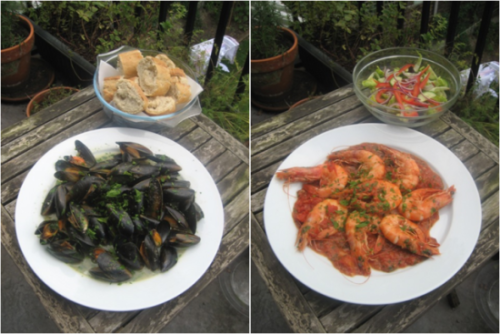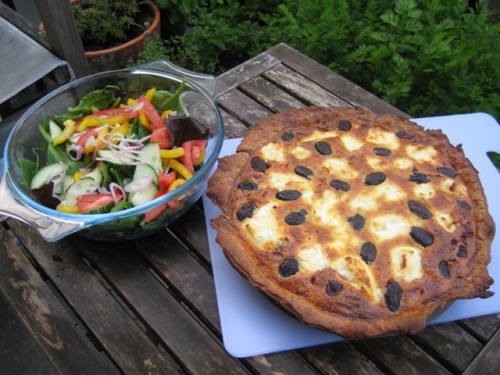Chanterelles a blanc, inspired by Child, Bertolle and Beck (and the mushrooms themselves)
 Friday, October 8, 2010 at 6:34AM
Friday, October 8, 2010 at 6:34AM This is another of the recipes I made in France. When I saw these glorious golden chanterelles on the market in L’Isle sur la Sorgue, I had no idea what I would do with them, but they just looked too delicious to pass by. I had brought my copy of Mastering the Art of French Cooking to France (paperback!), as I thought it would be fun to cook something from it while I was there and so I looked to Child, Bertolle and Beck for inspiration.
When I packed the book, I was thinking along the lines of something a little more challenging, like a soufflé or quenelles, but the chanterelles needed very little doing to them, they called for something simple, yet elegant and I thought the light and delicate flavouring in the champignons a blanc would provide just that.
 Vix |
Vix |  Post a Comment |
Post a Comment | 



